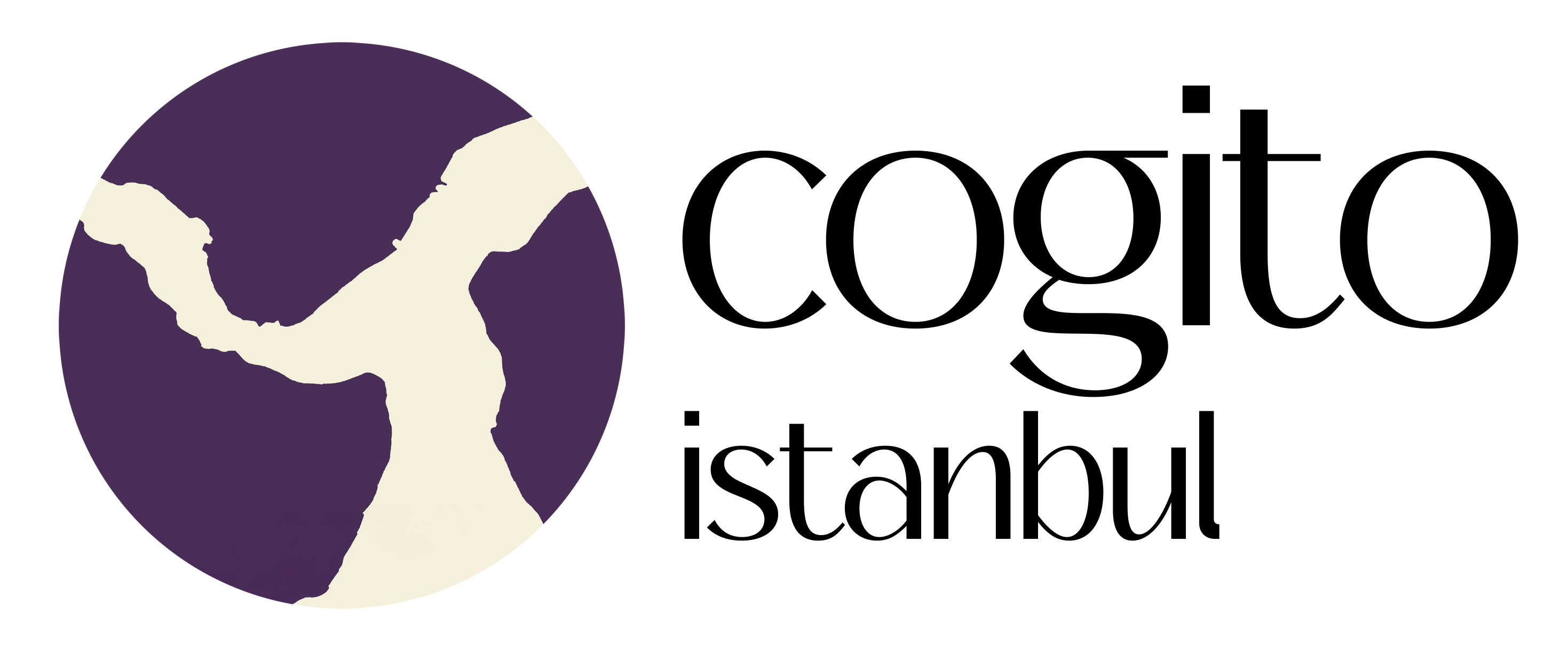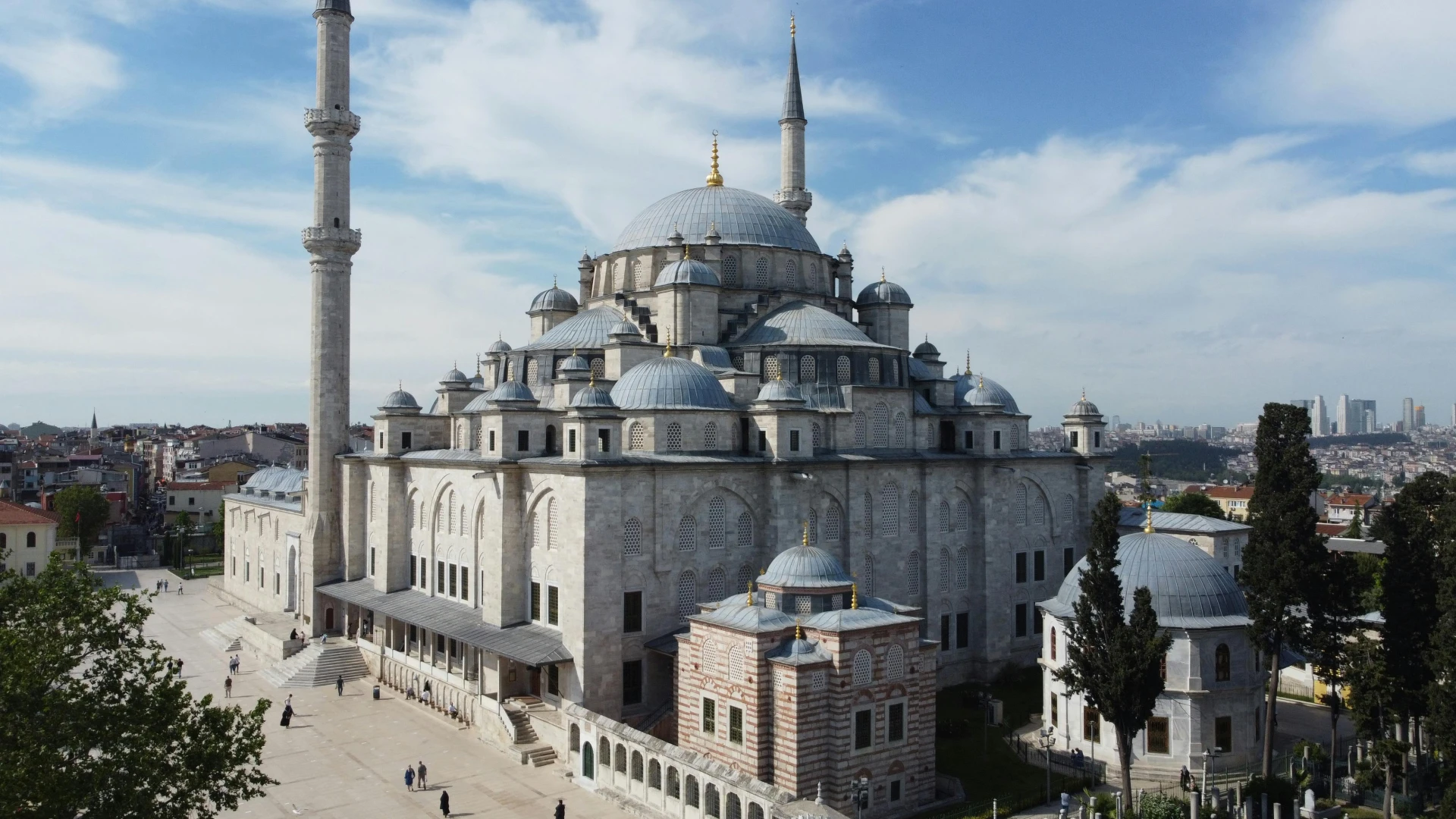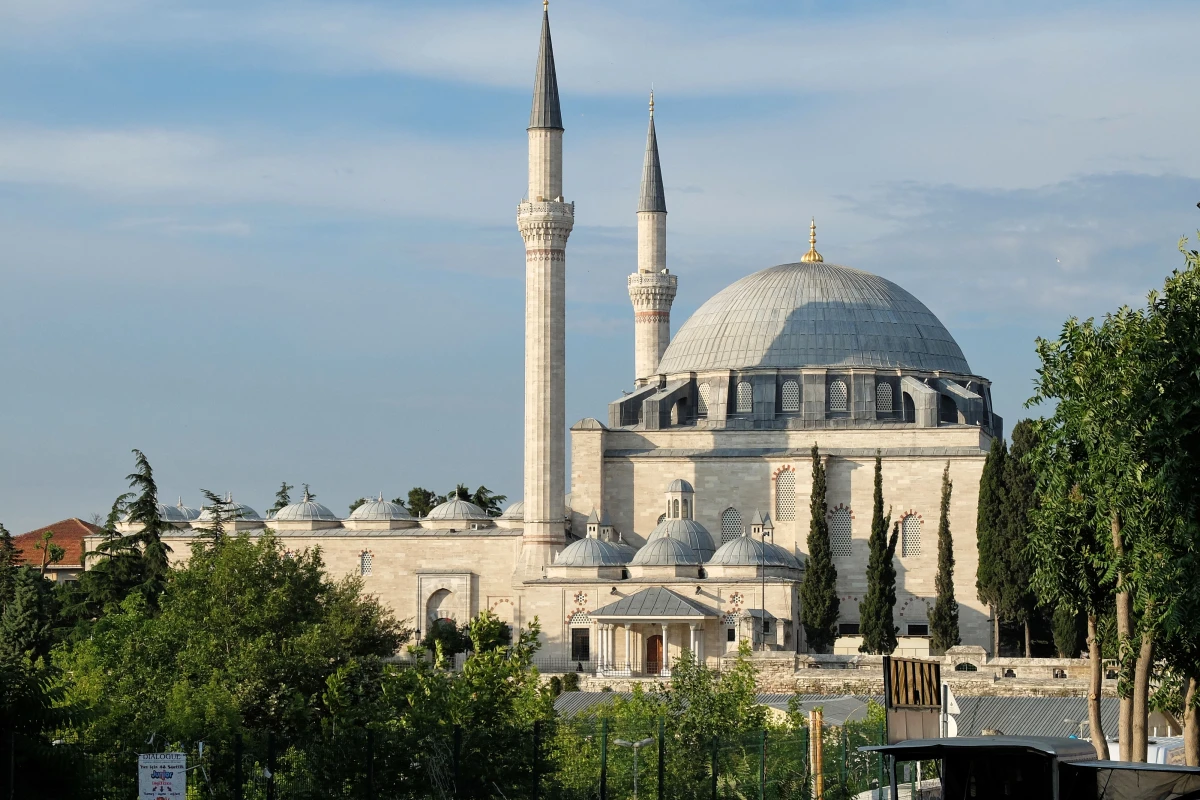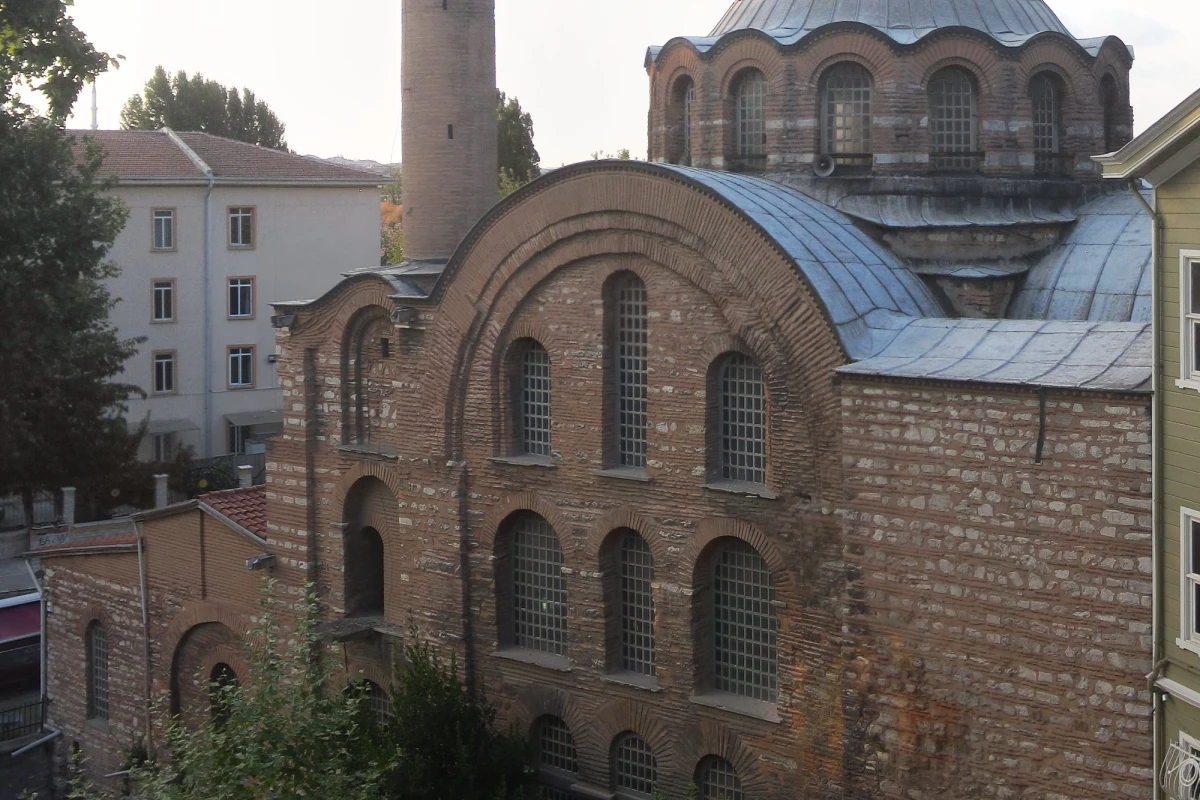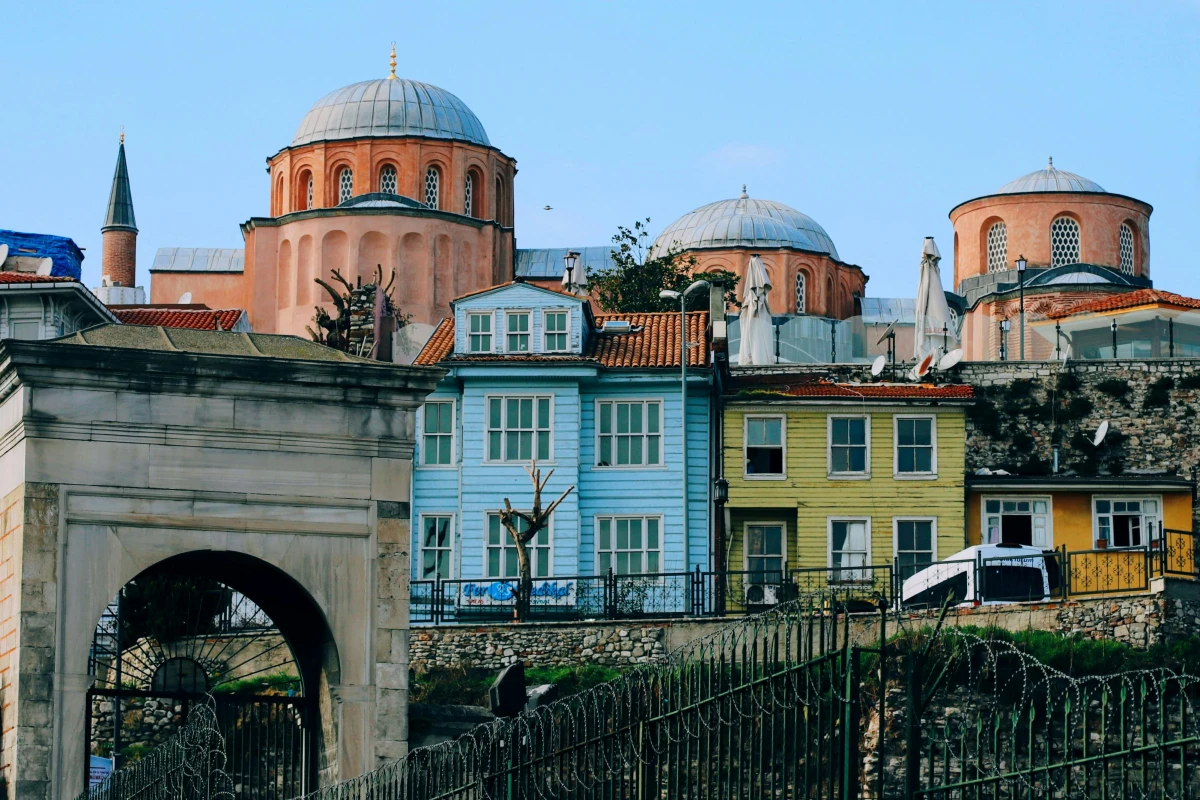Fatih Mosque: A Journey Through the Spiritual and Imperial Heart of Istanbul
In the heart of Istanbul’s historic peninsula stands a mosque that embodies the spirit of a world-changing conquest and the grandeur of an empire. Fatih Mosque—or Fatih Camii, meaning “The Mosque of the Conqueror”—is not just a place of worship; it’s a powerful symbol of transformation, resilience, and community life in the Ottoman capital. For visitors seeking a meaningful, off-the-beaten-path experience, this mosque offers something truly special.
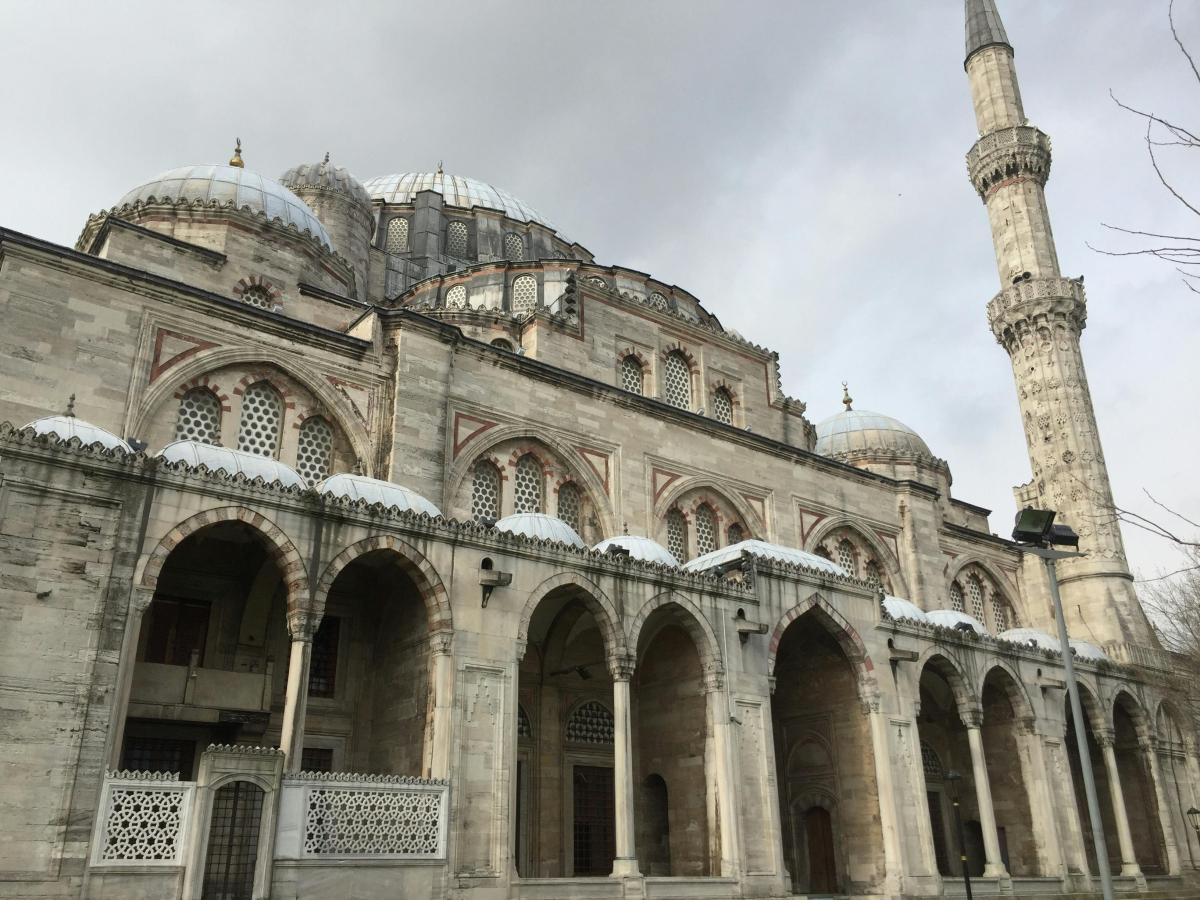
Entrance to Fatih Mosque
🏛️ Built on the Foundations of Byzantium
Commissioned by Sultan Mehmed II, known as Fatih or "The Conqueror," the mosque was constructed between 1463 and 1470 to commemorate his conquest of Constantinople in 1453. It stands on the site of the former Church of the Holy Apostles, a significant Byzantine structure that had fallen into ruin. This act symbolized the transformation of the city from a Byzantine stronghold to an Ottoman capital.
🧱 Architectural Evolution: From Classical to Baroque
The original mosque, designed by Atik Sinan (Sinan the Elder), featured a central dome supported by a single semi-dome, reflecting early Ottoman architectural ambition. However, after a devastating earthquake in 1766, much of the original structure was destroyed. The mosque was subsequently rebuilt between 1767 and 1771 by architect Mehmet Tahir Ağa, under Sultan Mustafa III. The reconstruction adopted a blend of Ottoman Baroque with classical proportions, creating a dynamic yet harmonious atmosphere.
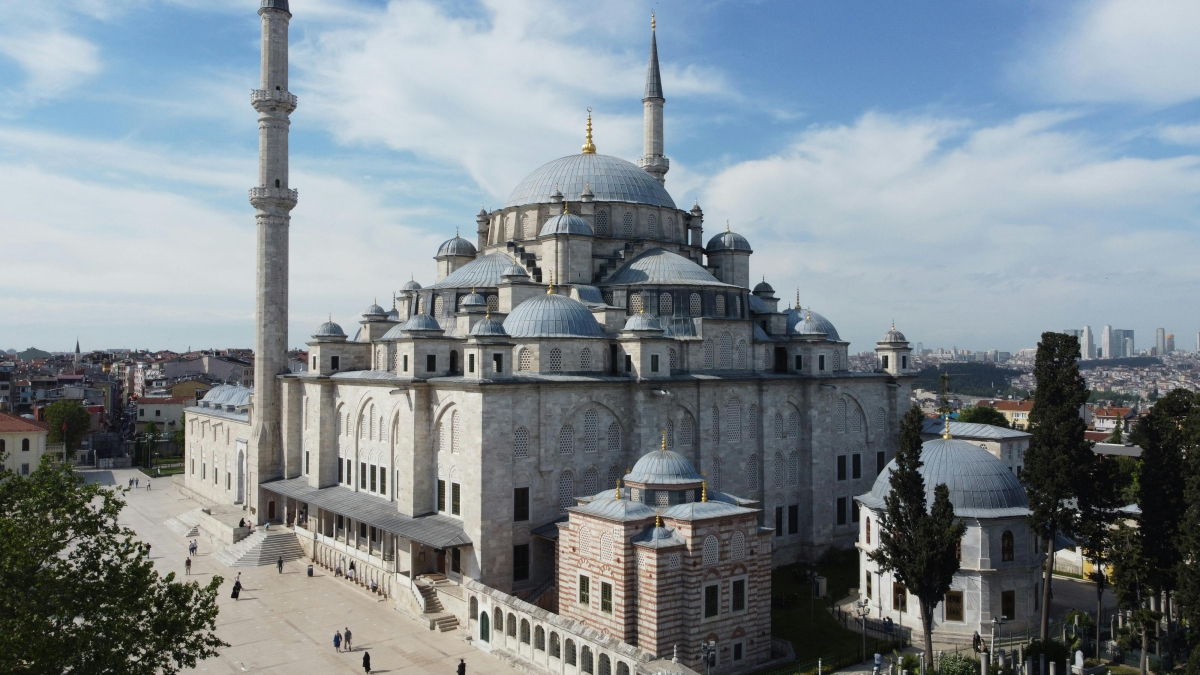
Exterior of Fatih Mosque
🕌 The Külliye: A Multifaceted Complex
Fatih Mosque is part of a larger complex known as a külliye, which originally included:
Eight madrasas (Islamic schools)
A hospital (darüşşifa)
A caravanserai (inn for travelers)
A public kitchen (imaret)
A library
A hamam (Turkish bath)
A market
This complex served as a hub for education, health, and commerce, reflecting the Ottoman emphasis on community welfare.
🎓 The Sahn-ı Seman Madrasas: Istanbul’s First University Complex
Among the most important parts of the Fatih Mosque complex were the Sahn-ı Seman Madrasas, founded by Sultan Mehmed II in the 15th century. Designed as eight interconnected schools, they taught both religious and rational sciences—from Qur'anic studies to astronomy and medicine. Influenced by the astronomer Ali Kuşçu, these madrasas formed the core of Ottoman higher education for nearly a century and laid the foundation for Istanbul’s scholarly reputation. Students were offered free education, lodging, and meals, a reflection of the empire’s vision of accessible, elite learning.
🪦 Tomb of Sultan Mehmed II: A Site of Reverence
Adjacent to the mosque lies the tomb of Sultan Mehmed II, a site of deep reverence. Traditionally, newly crowned sultans would visit this tomb after their coronation, seeking blessings and legitimacy.
👣 Visitor Information
What to Expect:
Serene Atmosphere: Unlike more tourist-heavy sites, Fatih Mosque offers a peaceful environment conducive to reflection.
Architectural Details: Admire the Baroque elements, intricate calligraphy, and the harmonious blend of styles that tell a story of resilience and adaptation.
Local Engagement: The mosque remains an active place of worship, providing an authentic glimpse into the spiritual life of Istanbul's residents.
Visitor Tips:
Dress Modestly: Ensure shoulders and knees are covered; women should bring a scarf to cover their heads.
Prayer Times: Non-Muslim visitors should avoid visiting during prayer times, especially the midday Friday prayer.
Photography: Photography is allowed, but be respectful and avoid using flash.
🛍️ Local Life: Markets, Food, and Culture
One of the best things about visiting Fatih Mosque is that you step right into a lively, deeply local neighborhood.
Fatih Wednesday Bazaar: Every Wednesday, the area transforms into a bustling market offering everything from fresh produce to textiles. It's a great opportunity to experience local life and perhaps pick up unique souvenirs.
Culinary Delights: Explore nearby eateries serving traditional Turkish dishes. Don't miss out on trying kebabs, pide, or baklava.
Cultural Exploration: The Fatih district is rich in history, with numerous mosques, churches, and historical sites within walking distance.
🚇 Getting There
The Fatih Mosque is located in the Fatih district, easily accessible by public transportation.
By Tram: Take the T1 line to Aksaray, then a short walk or taxi ride.
By Bus: Several bus lines stop near Fevzi Paşa Caddesi, the main street adjacent to the mosque.
✨ Final Thoughts
Visiting the Fatih Mosque offers more than just a tour of a historical site; it's an invitation to connect with the layers of history that have shaped Istanbul. From its origins as a symbol of conquest to its role as a community center, the mosque embodies the city's dynamic spirit. For travelers seeking an experience that combines architectural beauty, historical depth, and cultural authenticity, the Fatih Mosque is a must-visit destination.
